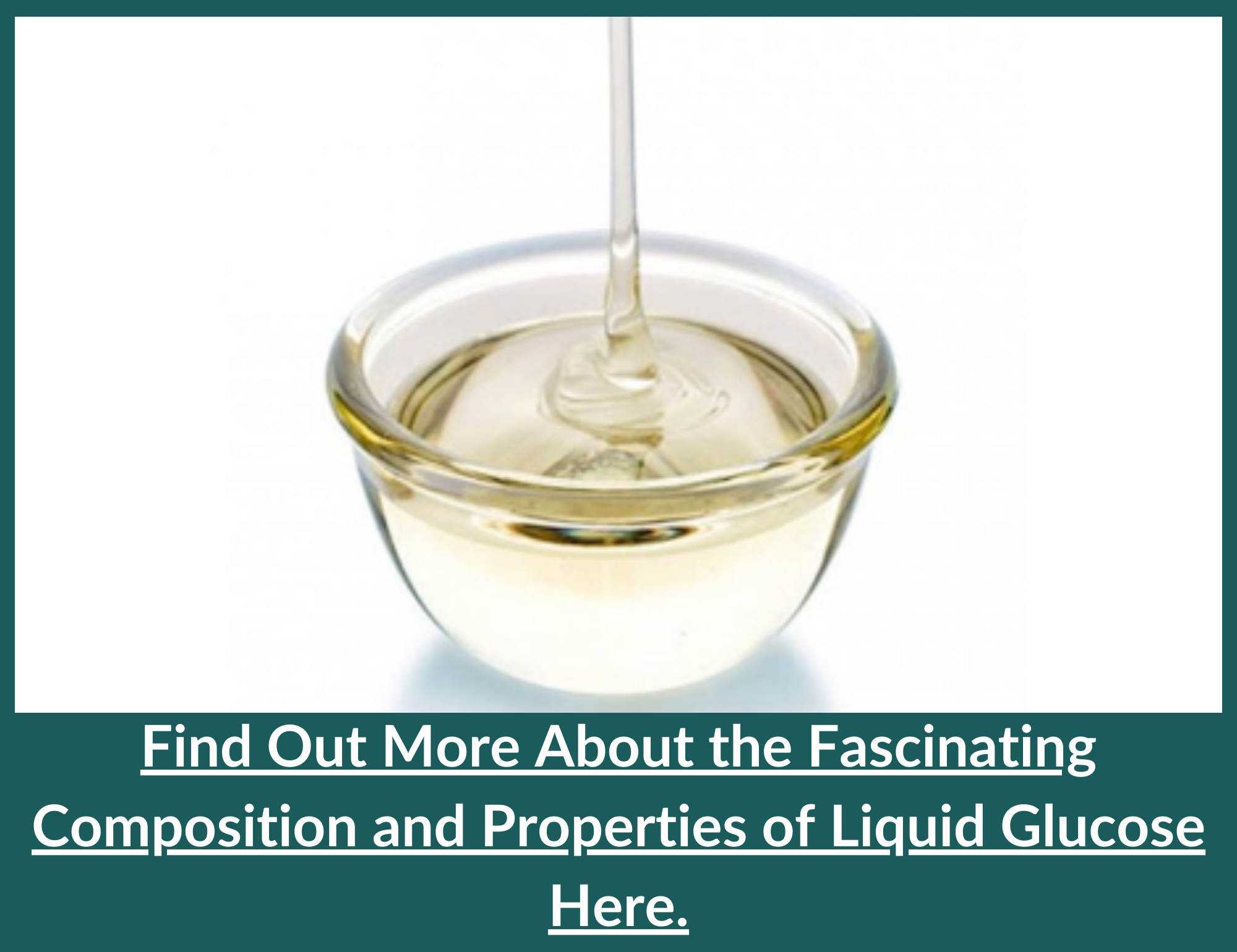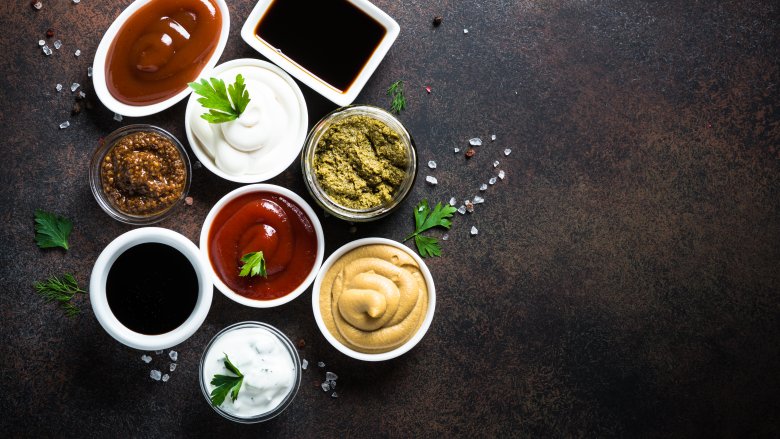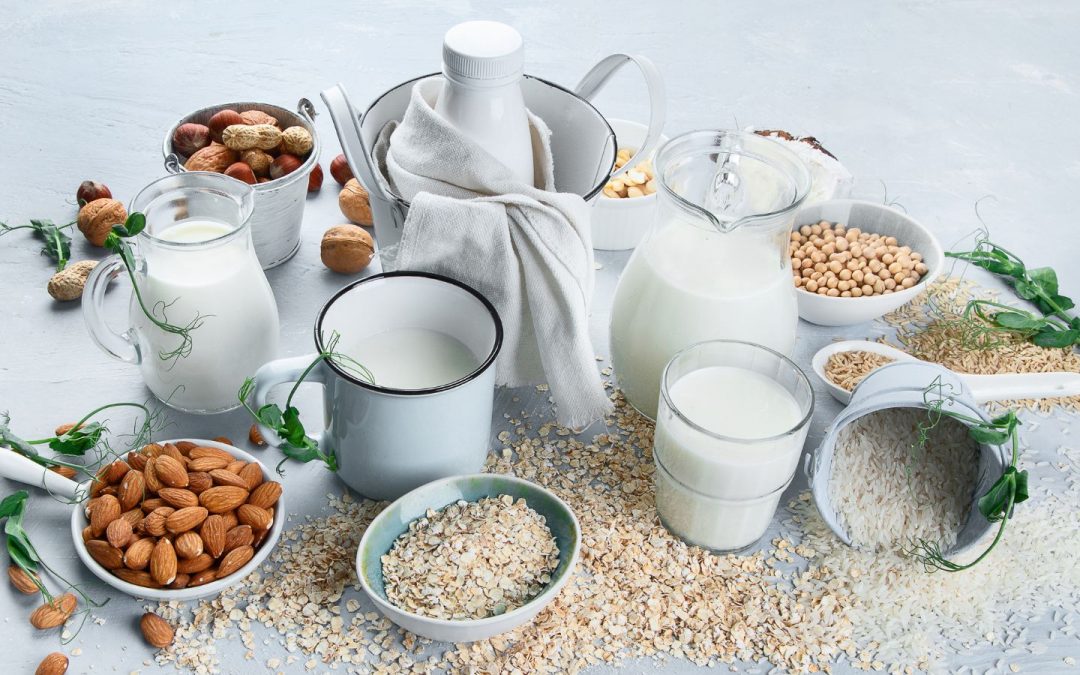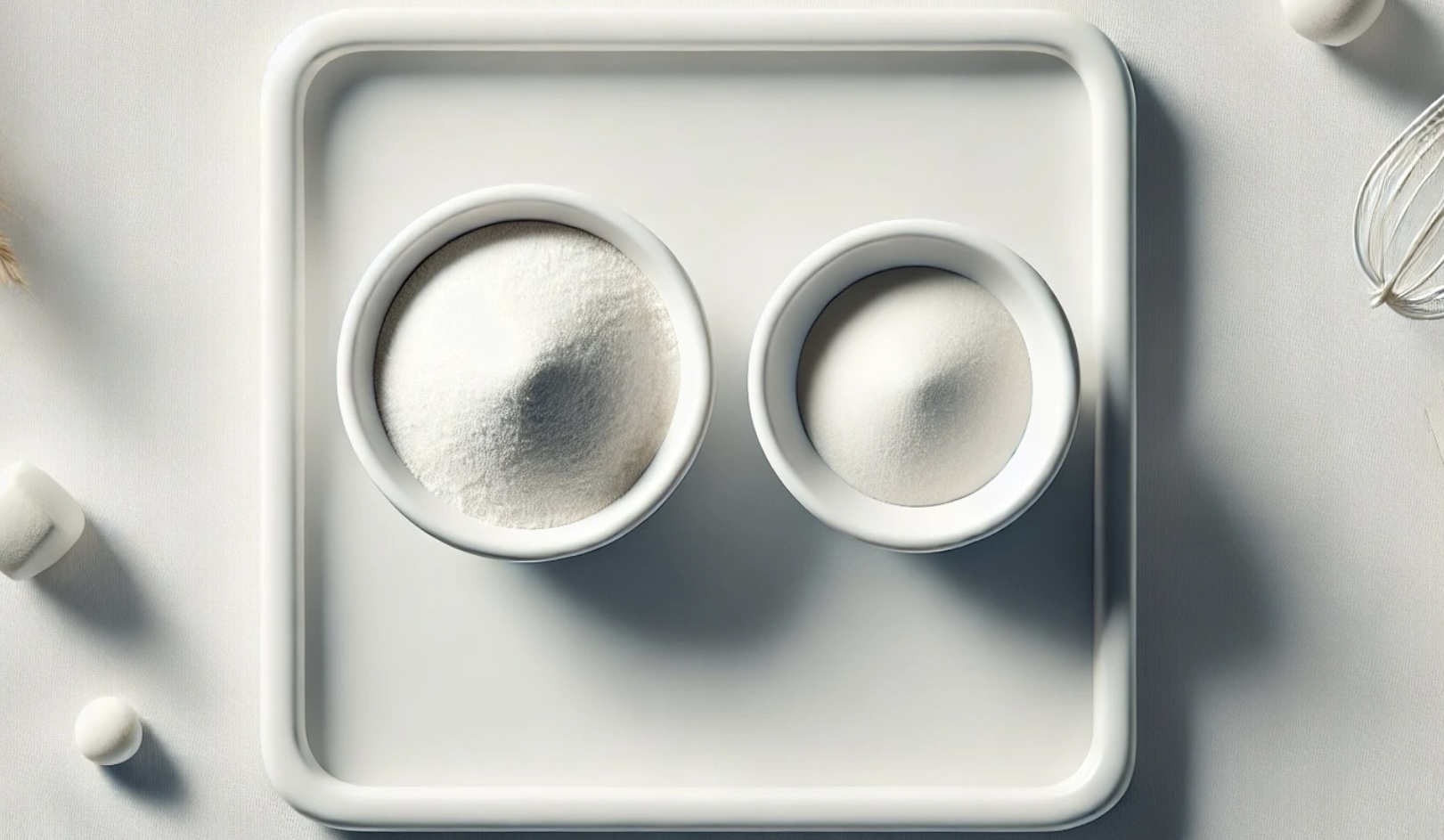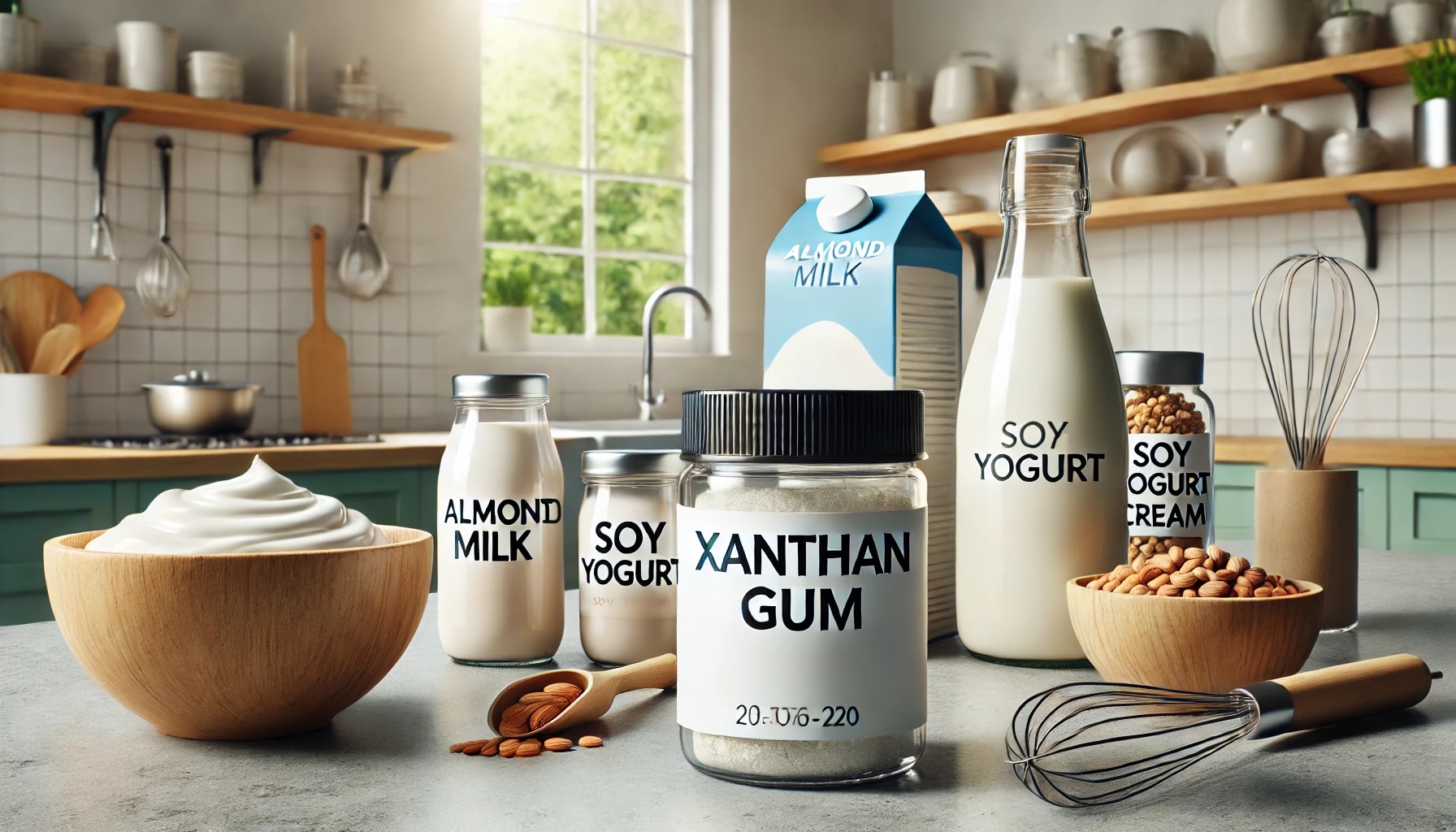Liquid glucose is a highly versatile ingredient widely used in the food and beverage industry, as well as in pharmaceuticals and cosmetics. It is a colourless, odourless, and highly viscous syrup derived from the hydrolysis of starch, primarily from corn or wheat. This article provides an overview of the chemistry of liquid glucose, including its composition and physical properties.
Composition of Liquid Glucose
Glucose Syrup is a mixture of various saccharides, mainly glucose, maltose, and higher saccharides, such as maltotriose, maltotetraose, and higher maltodextrins. The glucose content of Glucose Syrup is typically between 70% to 85%, depending on the starch’s hydrolysis degree.

The composition of liquid glucose can vary depending on the starch’s source and hydrolysis method. Liquid glucose may contain small impurities like organic acids, minerals, and proteins.
Physical Properties
Glucose Syrup is a highly viscous syrup with a sweet taste and a density of approximately 1.5 g/mL. Its viscosity strongly depends on temperature and concentration, and it decreases with increasing temperature and decreasing concentration.
Glucose Syrup is highly soluble in water, and its solubility increases with temperature. The solubility of Glucose Syrup in water at room temperature is typically between 60% to 80%. Glucose Syrup is hygroscopic and readily absorbs moisture from the air, which can affect its physical properties.
Applications of Glucose Syrup

Liquid glucose has many applications in the food and beverage industry, including as a sweetener, a humectant, a texturizer, and a bulking agent.
It is commonly used in confectionery, bakery, and dairy products, as well as in beverages and processed foods. In the pharmaceutical industry, Glucose Syrup is used as a diluent in tablets and capsules, as well as in syrups and suspensions. It is also used in the production of vaccines and other biological products.
In conclusion, liquid glucose is a highly versatile ingredient widely used in the food and beverage industry, as well as in pharmaceuticals and cosmetics. It is a complex mixture of saccharides with a high glucose content and a range of physical properties that make it suitable for various applications.
Understanding the chemistry of liquid glucose is essential for optimizing its use in different products and processes.
Are you a food manufacturer in need of a convenient and efficient way to purchase Liquid Glucose? Look no further!
EasyBuy is your ideal platform for overcoming the typical sourcing difficulties that can arise when procuring ingredients. With EasyBuy, you can enjoy exceptional deals and a seamless procurement process, making your purchase of Liquid Glucose quick and hassle-free.
Citations
- Shukla, R., Cheryan, M., & Shahidi, F. (2002). Starch derivatives: production, properties, and uses. In Handbook of functional foods (pp. 377-405). CRC Press.
- Kumar, R., Choudhary, V., Mishra, S., & Varshney, V. (2011). Liquid glucose: a potential ingredient in the food industry. Journal of food science and technology, 48(5), 577-583.
- Parikh, D. M., & Parikh, J. R. (2014). Liquid glucose and its applications in the food industry. International Journal of Science and Research (IJSR), 3(8), 1686-1690.

